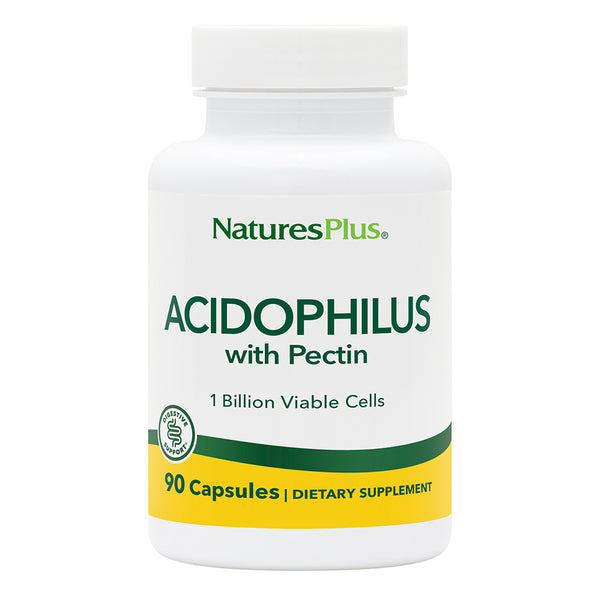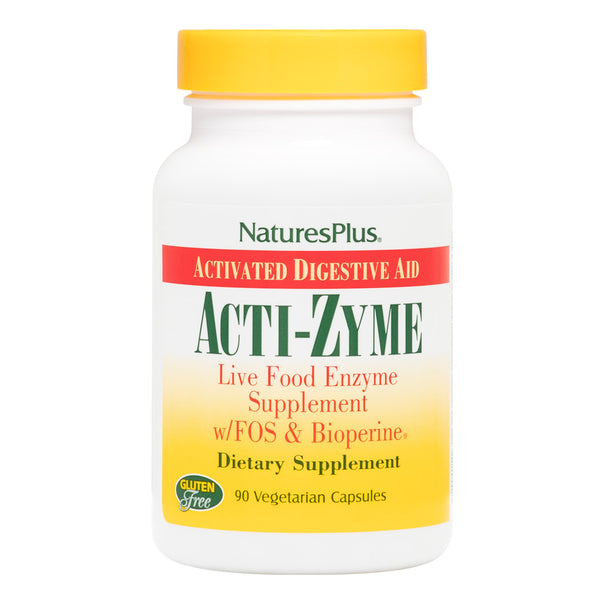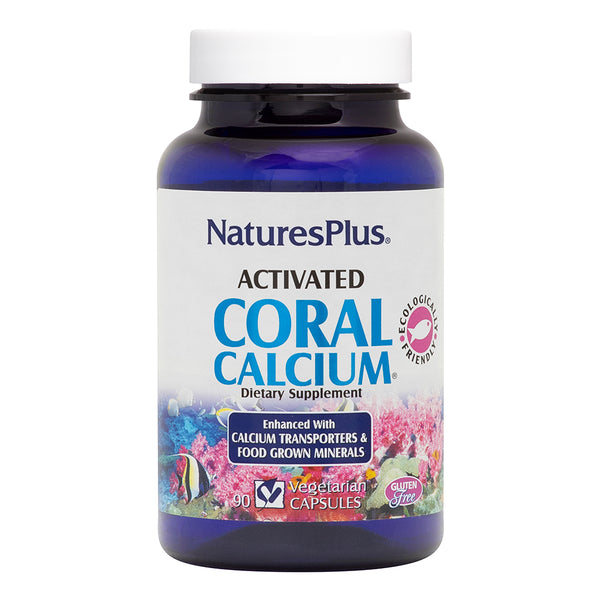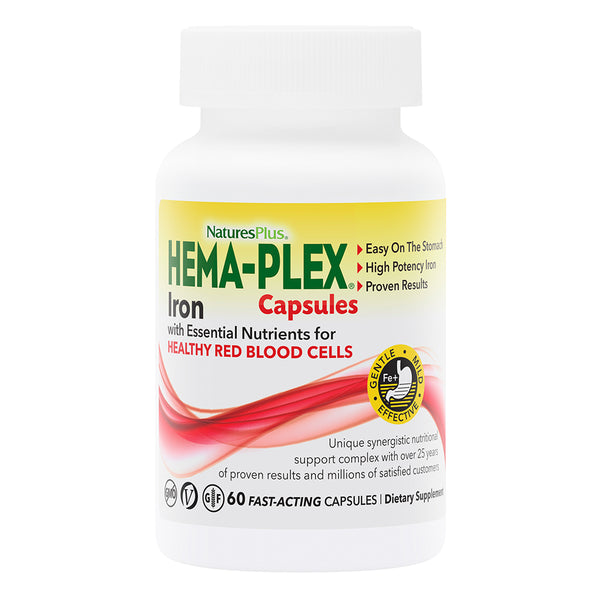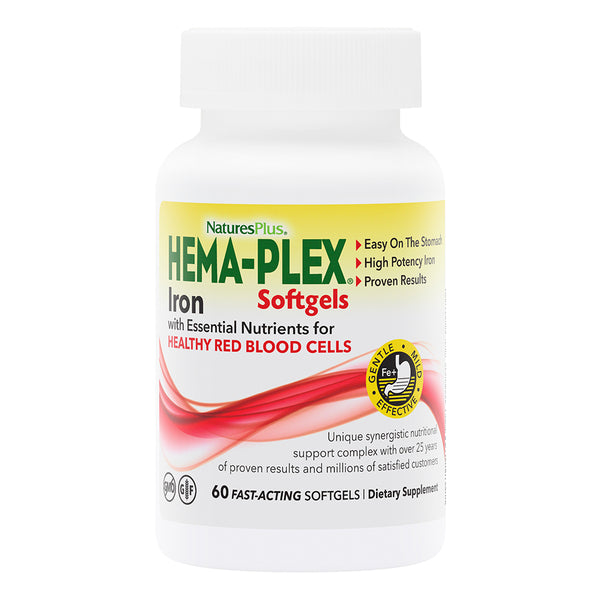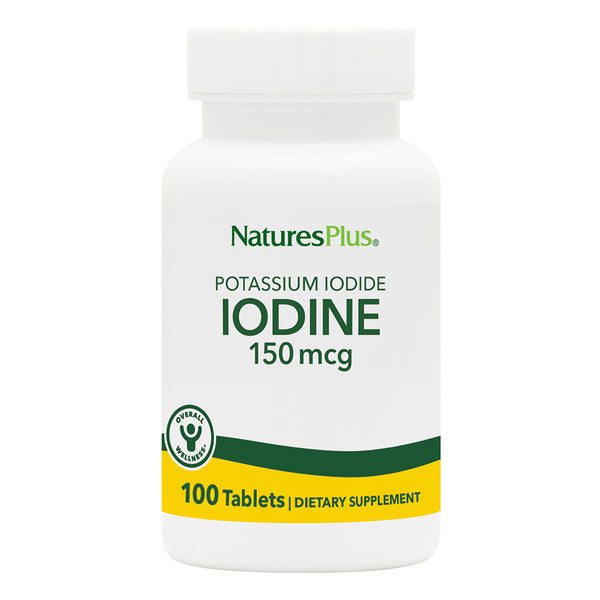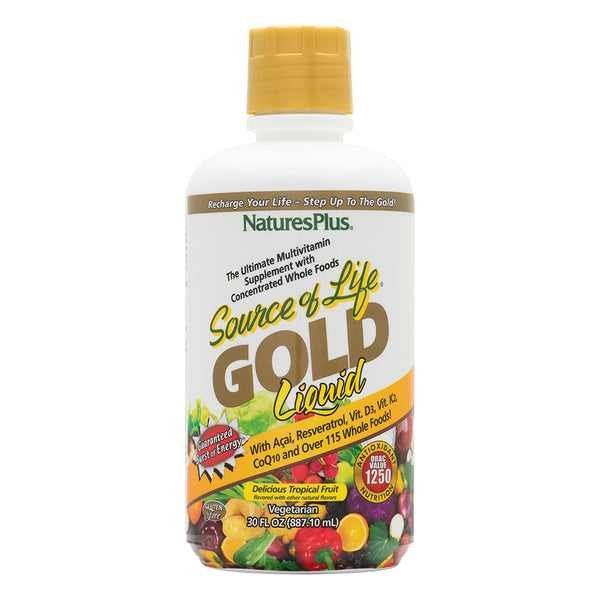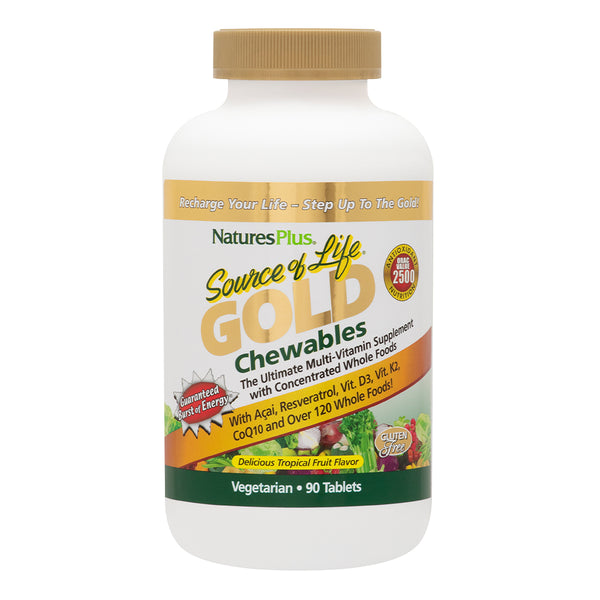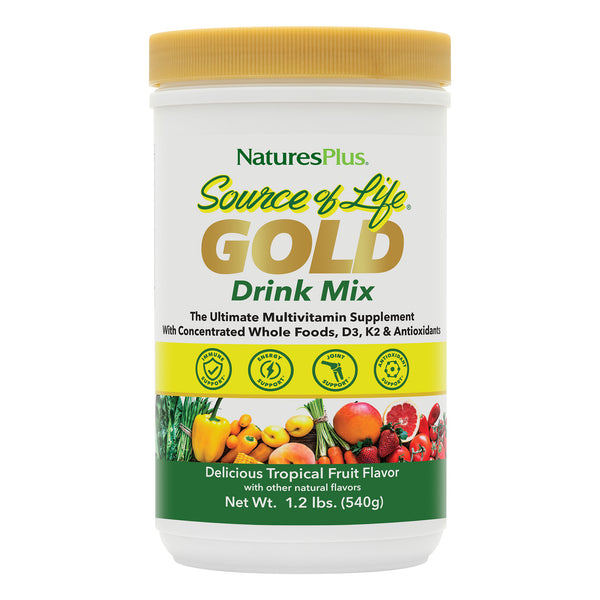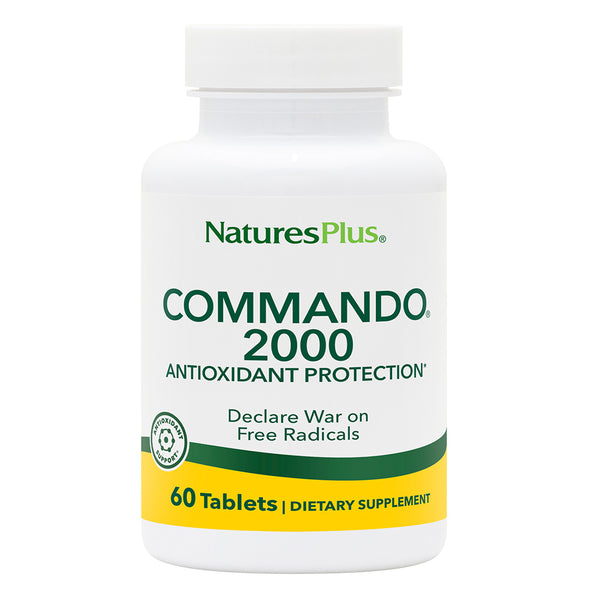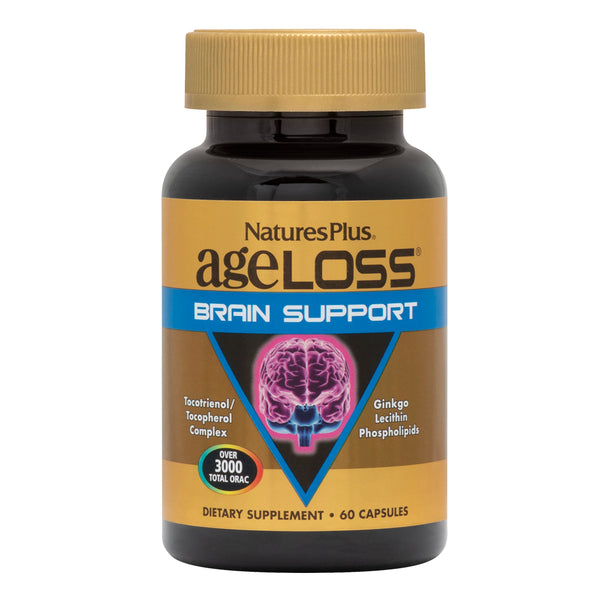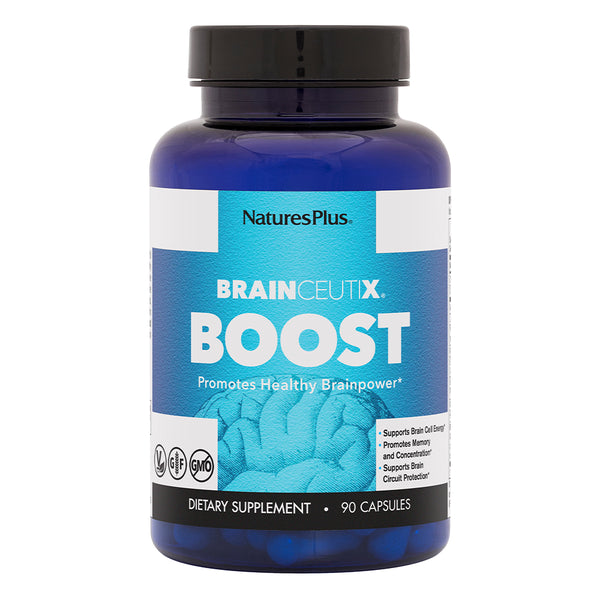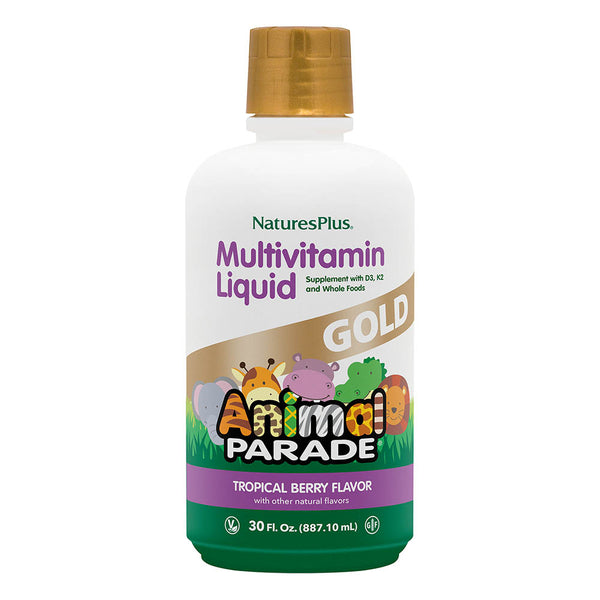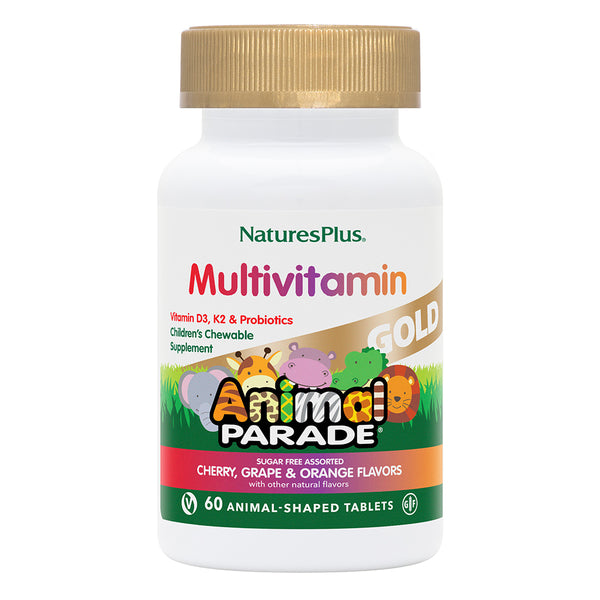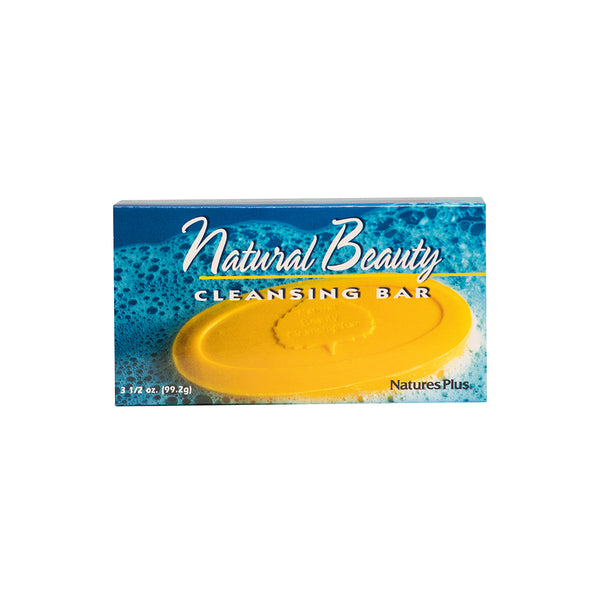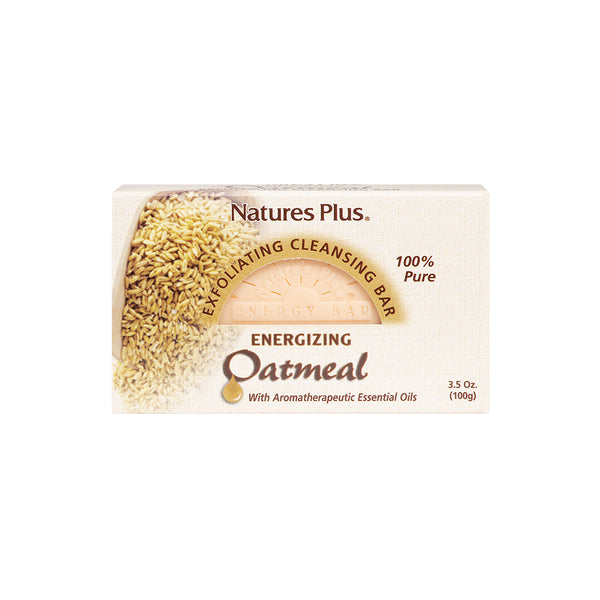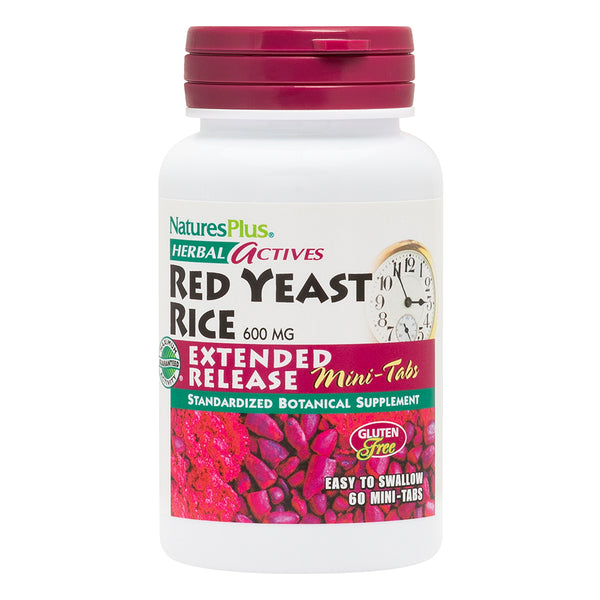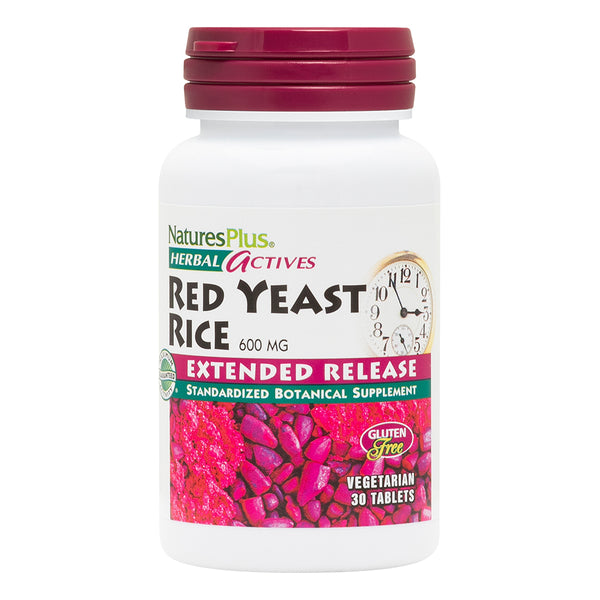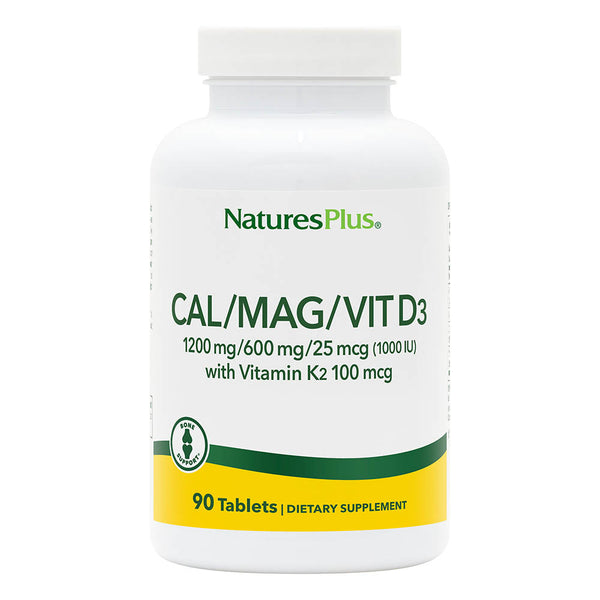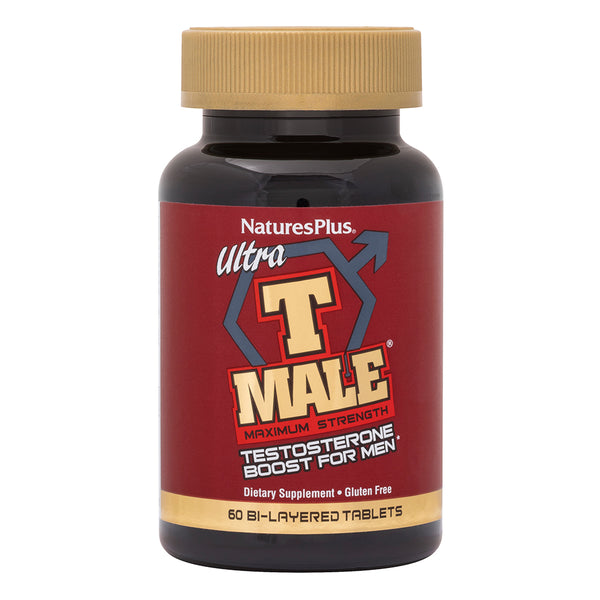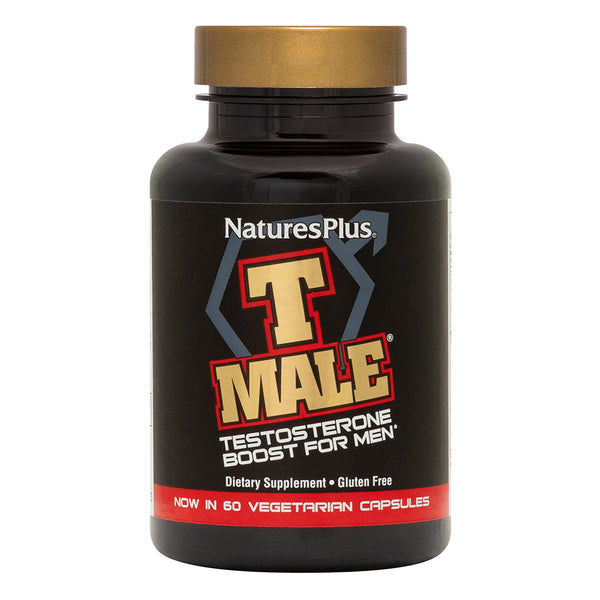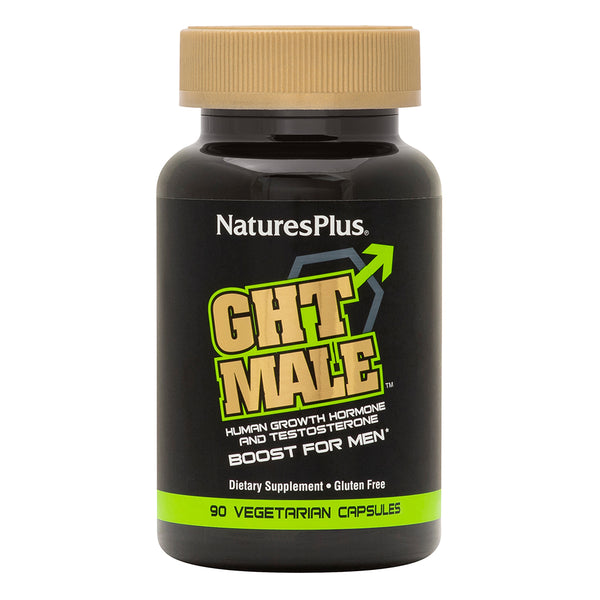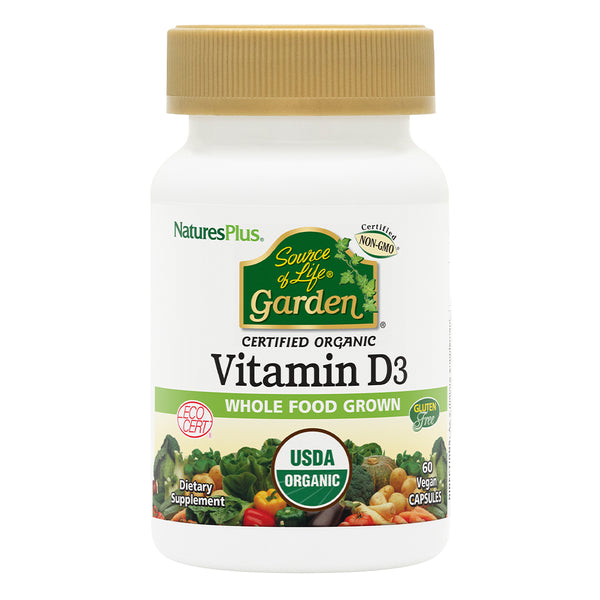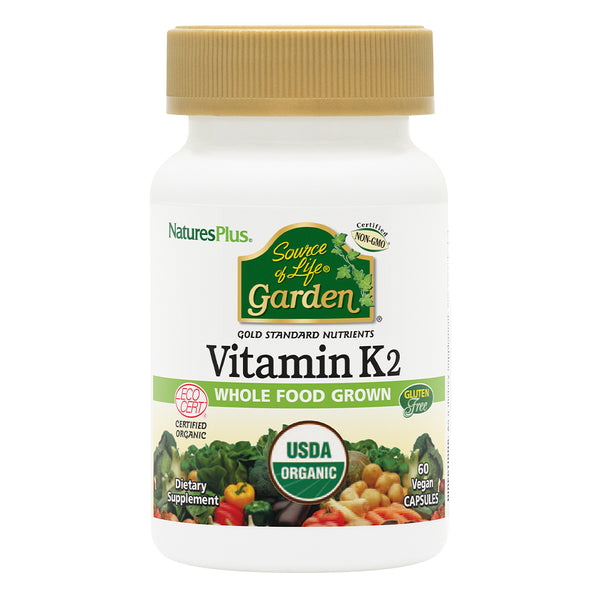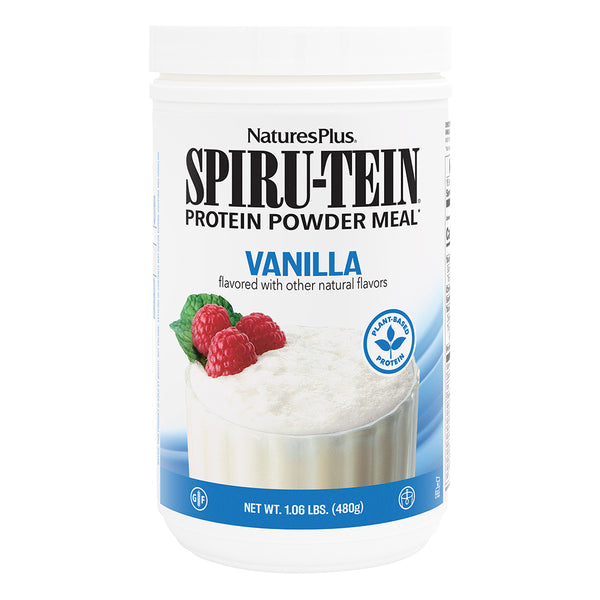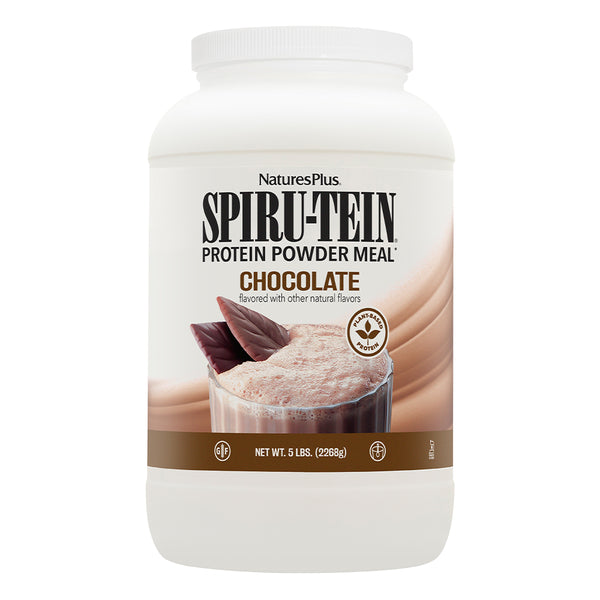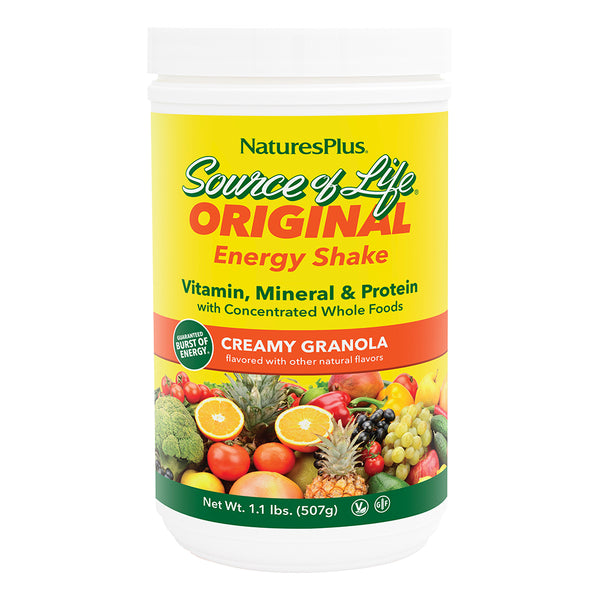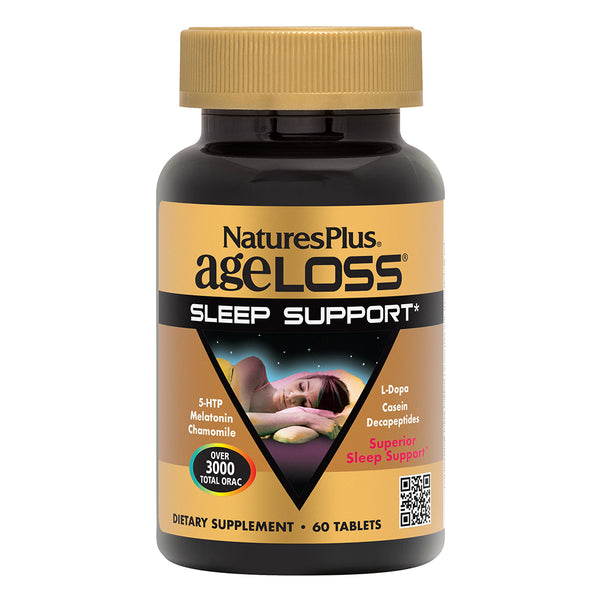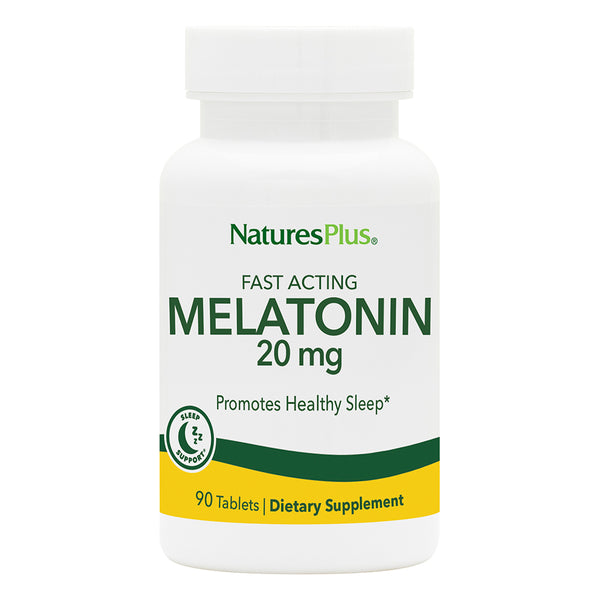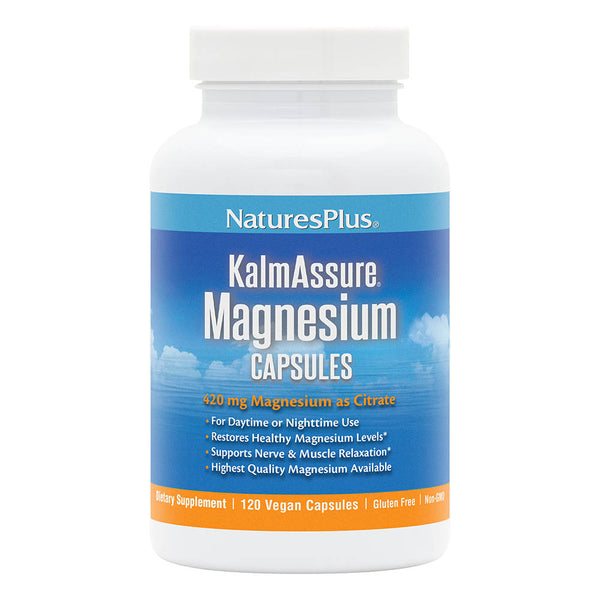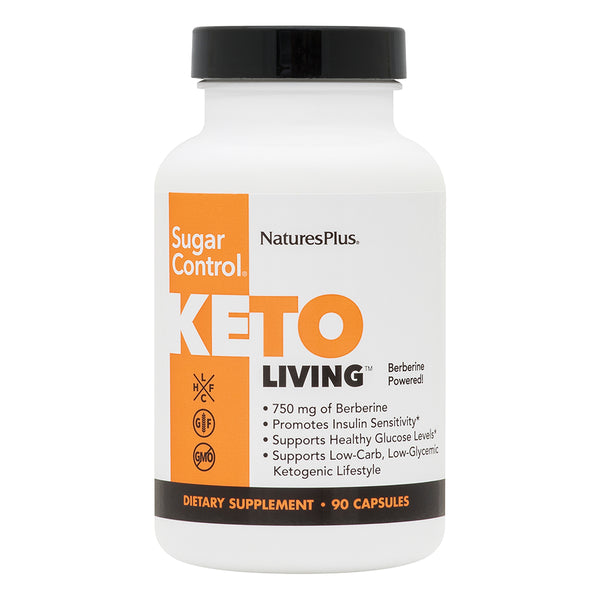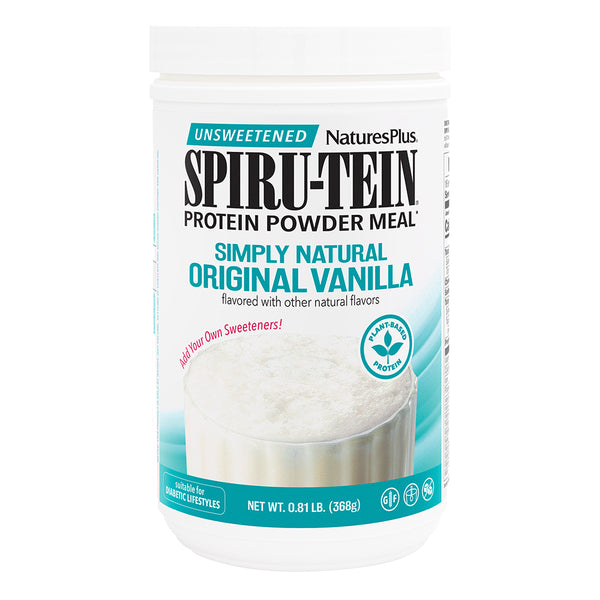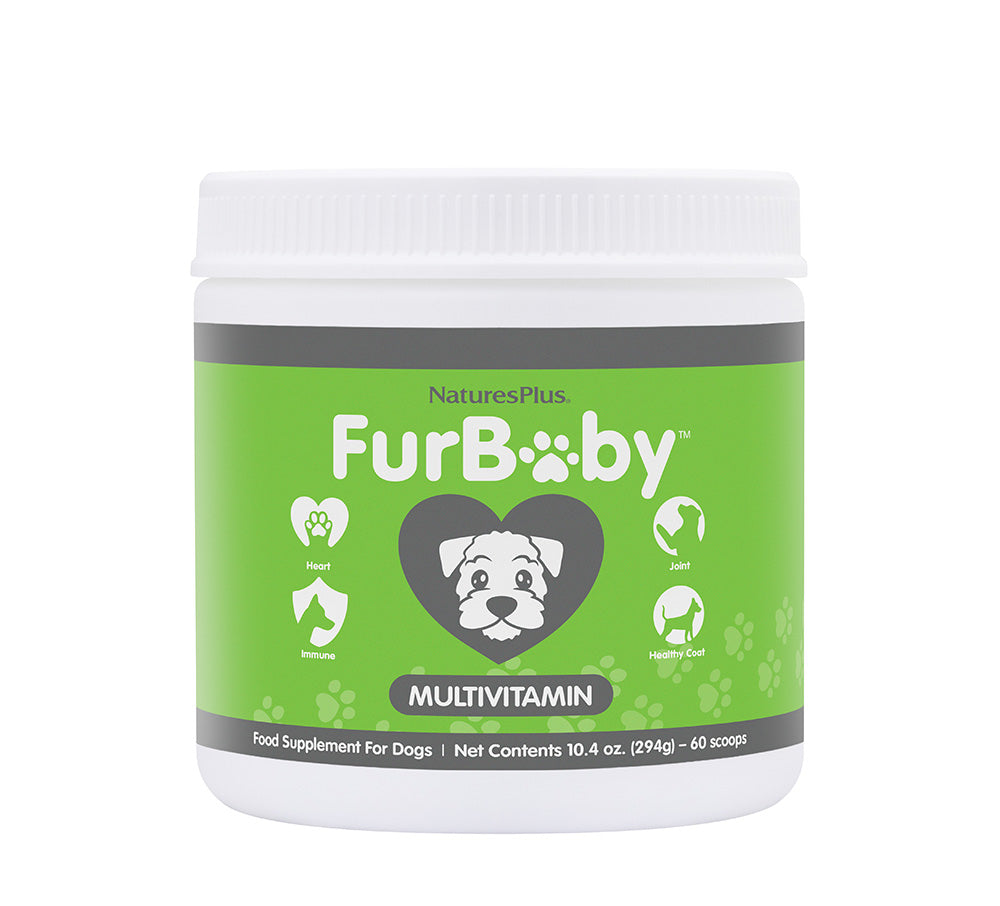Like you, your dog or cat can develop achy joints as the years go by.
“Joint pain can be quite common in dogs of any breed or age but is much more likely to develop in dogs as they grow into their senior years,” say the folks at Caring Hands Veterinary Hospital (CHVH) in the Denver area. “While dog owners may interpret this as ‘slowing down,’ this process can much more often be caused by pain in your pup's joints than old age on its own.”
Of course, a big difference between people and pets is that while we are responsible for our own well-being, our companions depend on us to help them maintain healthy, pain-free joints for as long as possible.
Signs of Joint Pain in Pets
The signs of joint problems in your dog or cat can be so subtle at first that you may not even notice.
Dogs may show the following:
- Limping and/or stiffness
- Difficulty in getting up off the floor or onto furniture
- Problems posturing to urinate or defecate, soiling in the house
- Lethargy, sleeping more than usual
- Reluctance to play or go for walks
- Changes in temperament, including irritability, depression and growling or nipping when touched
- Excessive licking, biting or chewing of a specific area
- Loss of muscle mass in the limbs or over the spine due to reduced movement
In cats, signs of joint pain can be harder to detect. As animals that are both hunters and hunted, felines “will often pretend that they are not in any pain or discomfort in order to not be preyed upon by others,” says Stephanie Austin, DVM, of PreventiveVet.com.
Unlike dogs, cats will often not show limping or lameness. Instead, you may notice your cat not wanting to climb to the top of the cat tree or having trouble jumping onto the counter.
Cats may show more of a tendency to hide; they might sleep more than usual or shy away from being touched. Your cat may also not be able to groom properly, resulting in a disheveled appearance, or find it more difficult to enter the litter box, resulting in accidents.
Any indications that something may be wrong with your pet’s joints should prompt a vet visit.
Risk Factors for Joint Pain in Pets
Apart from trauma, such as falls and car accidents, pets usually develop joint problems for two reasons: genetics or age-related degeneration.
Less commonly, joint pain can develop as the result of immune system malfunctions, which result in inflammatory types of arthritis;sarcoma, a type of cancer; or infections such as Lyme disease.
Genetics and Joint Pain
Some animals are prone to problems such as elbow or hipdysplasia, in which the bones within the joint don’t fit together properly, orluxating patella, in which the kneecap slips out of place. These conditions can lead to joint damage and pain.
A number of large dog breeds are predisposed to such disorders, including German Shepherds, Golden and Labrador Retrievers, Great Danes, Newfoundlands, Old English Sheepdogs and Rottweilers. Dachshunds, with their long spines, are also at risk for joint issues.
Several cat breeds are prone to genetic joint problems as well, including the Devon Rex and Maine Coon. And the genetic mutation responsible for the Scottish Fold’s folded ears causes cartilage problems throughout their bodies.
Degenerative Joint Pain
Within joints, cartilage provides the cushioning that allows bones to move easily. Over time this cushioning wears down, causing bones to rub together; this can result in inflammation, pain and loss of mobility. Such deterioration is referred to asosteoarthritis ordegenerative joint disease.
While increasing age is the main reason for joint degeneration, it can be hastened by:
- Repetitive stress
- Damage caused by genetic joint disorders
- Obesity
- Ligament tears, especially tears in thecranial cruciate ligament found in a dog’sstifle, or knee
Treating Joint Pain in Pets
Veterinarians treat joint problems with anything from nutrition and exercise to rehab to surgery, depending on the underlying cause.
Getting back to a normal level activity is “especially important for your dog's long-term health since well-developed muscles around joints will actually help reduce the load those joints have to bear themselves,” notes the CHVH. “An active dog is a healthy dog.”
Treatment for degenerative joint problems focuses on slowing disease progression, improving quality of life and controlling pain.
“Osteoarthritis affects the patient as a whole, so the whole patient needs treatment,” say the vets at Colorado State University (CSU). “Effective management hinges on a careful balance of activity, nutrition, muscle development, weight management, medications and joint supplements.”
The medications used often includenon-steroidal anti-inflammatory drugs (NSAIDs), although these do come with significant side effects. Supplements used for joint support includeglucosamineandchondroitinto help maintain cartilage structure; studies indicate they may be effective in reducing pain.
Alternative therapies, including laser treatment and acupuncture, may also be used to help manage joint pain. “While acupuncture does not have the ability to heal arthritic joints, it can do a great job of relieving pain and improving your pet’s overall mobility,” says Arielle Herndobler, DVM, of Healing Tails in Chicago.
Preventing Joint Pain in Pets
As with any ailment, an ounce of joint pain prevention is worth a pound of cure.
The first step is to “take your pet to the vet regularly,” according to PetMD.com. This can help “ensure early detection, diagnosis and treatment planning for any signs of arthritis or conditions that could lead to arthritis.”
Diet and Exercise for Your Pet
You should keep your pet’s weight within a reasonable range to avoid putting extra stress on his or her joints. As CSU puts it, “Maintaining a lean body conformation may not prevent osteoarthritis, but it goes a long way toward delaying it and minimizing the symptoms associated with it.”
That involves feeding the correct amounts of a high-quality diet and providing ample opportunities for exercise; you can learn more about avoiding obesity in pets here.
Proper diet is especially crucial for growing puppies. PetMD.com says, “A puppy’s joints and skeletal system benefit from a slower rate of growth through nutritionally complete diets.” You should also avoid having your pup do a lot of running on hard surfaces, which can stress developing joints.
For adult dogs, follow the same exercise guidelines you should be following yourself: Avoid extremes—like five-mile hikes on weekends after a relatively sedentary week—and focus on engaging in more moderate activity more often.
“Multiple shorter walks are better than one long one,” says CSU. “Prior to high-impact activities (such as chasing ball, playing with other dogs) a warm-up period of walking is ideal.“
Cats need exercise as well. You can try taking your cat for a walk, if he or she is willing, or you can use a wand toy to entice kitty into play.
Protect your cat’s joints by getting a cat tree that doesn’t require high jumps, which minimizes joint impact, and providing non-slip mats on window ledges as well as snuggly, cave-like beds to help keep older cats warm and comfortable. (Older dogs appreciate comfy beds, too.)
Joint-Support Supplements for Your Pet
Veterinarians often recommend glucosamine and chondroitin for joint protection in dogs even before active osteoarthritis is detected. “They function as building blocks to some of the normal constituents of joint cartilage and also enhance the lubricating effect of the joint fluid,” says CSU.
Evidence suggests these supplements may be helpful in cats as well.
You can also try giving you petomega-3 fatty acids, which CSU says “have been shown to decrease inflammation present within arthritic joints.”Research has shown omega-3s to be potentially useful.
Like this article? You’ll love our weekly newsletter
sign up here!
**These statements have not been evaluated by the Food and Drug Administration. This product is not intended to diagnose, treat, cure or prevent any disease.
